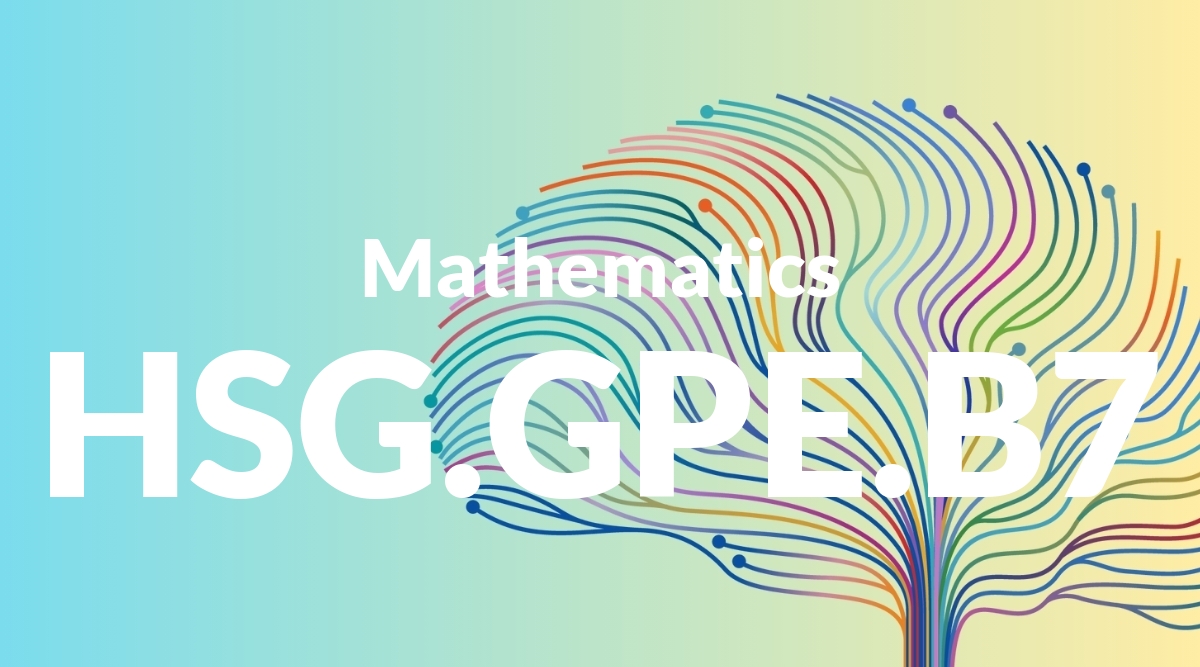Standard: 1.RI.3 – Describe the connection between two individuals, events, ideas, or pieces of information in a text.
Grade level: Grade 1
Subject: English Language Arts
Domain: Reading: Informational Text
Teacher Overview
This standard focuses on helping students understand the relationships between different elements in a text. By mastering this standard, students will be able to make deeper connections and enhance their comprehension of informational texts. Students should be familiar with identifying basic text elements such as characters, events, and main ideas. They should also have some experience discussing and summarizing texts.
After mastering this standard, students will be able to analyze complex relationships within texts and compare different texts, enhancing their overall reading comprehension and critical thinking skills.
Common Misconception 1
One common misconception is that all connections within a text are equally important. This is incorrect because some connections are more central to the text’s main ideas and themes than others.
Intervention 1
To address this misconception, use graphic organizers to help students visually map out connections and prioritize them based on their importance to the text’s main ideas.
Common Misconception 2
Another misconception is that all connections are explicitly stated within the text. This is incorrect because many connections are implied and require inference.
Intervention 2
To remediate this, provide students with texts that have both explicit and implicit connections and use think-aloud strategies to model how to infer connections.
Prerequisite Knowledge
Students should be able to identify and understand basic elements of a text, such as characters, events, and main ideas.
Subsequent Knowledge
Students will develop the ability to analyze more complex relationships within texts, such as themes and author’s purpose, and compare texts from different genres or sources.
Instructional Activities
- Use Venn diagrams to compare and contrast two individuals or events in a text.
- Create cause and effect charts to map out relationships between ideas or events.
- Have students write short paragraphs describing connections they find in their reading.
- Conduct group discussions where students share and debate the connections they have identified.




